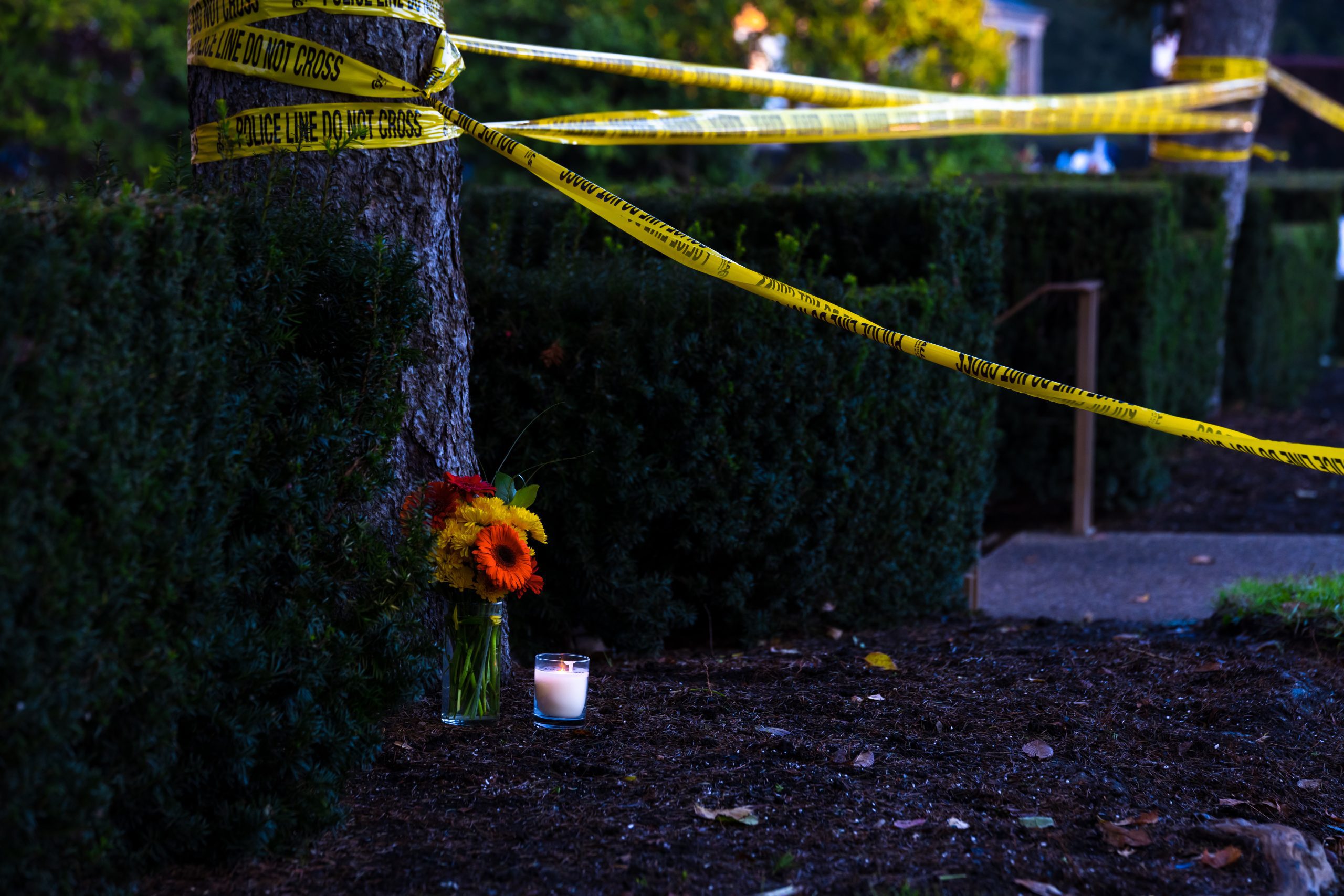Where the Shooters Come From

From a Taller Tower: The Rise of the American Mass Shooter, by Seamus McGraw (University of Texas: 2021), 256 pages.
The presence of many guns is often touted as the axiomatic reason for the modern increase in mass shootings. Seamus McGraw’s From a Taller Tower raises the question of whether that in itself can be a full explanation. It’s something I have long wondered, as a historian. During periods of extensive gun ownership (in the U.S. and elsewhere), such as after major wars when many men who fought still had service weapons, we did not see a concomitant rise in such assaults. Something else is at work.
The glamorization of machine guns and certain elements of gun culture have certainly played a part. But again, that is not entirely as new as one would think. As with the notion of the serial killer, who seems to have largely emerged since the 1960s, at least in the form that we know from the FBI profile, the mass shooter also seems to have appeared since the ’60s. We could argue that he is a symptom of a fracturing society, and has less to do with either mental health issues or access to weapons.
McGraw starts with the University of Texas-Austin tower shooter of 1966, regarding him as “Patient Zero” of the modern mass shooter phenomenon. But there were earlier cases, depending on how we define “mass shooting”. Cast our net wider, and there are cases going back more than a century. A school shooting took place in Liberty, Mississippi, in 1891 in which 14 were injured (none of the victims died). In 1910, a man fired into a crowd of children at a Harlem school, killing two. If we start looking, more and more cases are out there.
However, before modern broadcast media these were strange cases, quickly forgotten, and not seen as part of a pattern. The attackers did not become household names. An increase in recent decades surely is linked to the availability of more efficient and reliable firearms than at the turn of the 20th century (earlier cases had far fewer victims), but the media coverage creates a self-feeding cycle.
The idea that the mass shooter is a product of mass media is not a new one. The approach of the mass killer, like that of the serial killer, implies an audience, and media coverage of these killings only facilitates that. There has been some movement over recent years to not name such killers, to avoid giving them the notoriety they desire, but it’s an uphill battle against social media spreading news far and wide.
We can assume that every shooter nurses some sort of a grudge against their victims (or the world at large). We see how many recent killers have taken to publishing internet manifestos, and indeed to polishing the resentments that drive their killings, through membership of online groups. They anticipate online fame, support from those they imagine like them; the mosque shooter in Christchurch, New Zealand, even filmed the whole attack for his audience.
McGraw is a gun owner himself, who writes lyrically of going hunting. He’s no hater of gun culture, but wants to understand this dark side of it. To avoid glorifying, or validating them, he doesn’t name the shooters; instead he refers to their locations. Reading the book, some names associated with a specific place, such as Adam Lanza, popped to mind immediately. But for others, I was left puzzling and had to look up the specifics of the crime. It is a terrible testament to the frequency of these crimes over the last couple of decades that for those of us not directly affected, some of them tend to blur.
From a Taller Tower offers a clearheaded and thoughtful analysis of these crimes, and our culture. McGraw uses statistics to brush away stereotypical assumptions (that shooters are mostly white, or mostly young). The only thing they mostly are is—like perpetrators of violence generally—men. The fact that there is too little to classify them, to identify the “potential shooter,” is part of the problem.
McGraw returns to the phrase “stop the killing, stop the dying,” the priorities of police, to first stop the attack, then attempt to save the victims. But the key word is “stop,” not prevent. Even in the best “good guy with a gun” scenario, the bad guy is likely to still get off a few rounds first. The intervention is never soon enough to save everyone.
Katrina Gulliver is a historian who has written for the Spectator, TIME, the Atlantic, Slate, Reason, and the Weekly Standard. Currently she is working on a history of urban life. Follow her on Twitter @katrinagulliver.
Comments